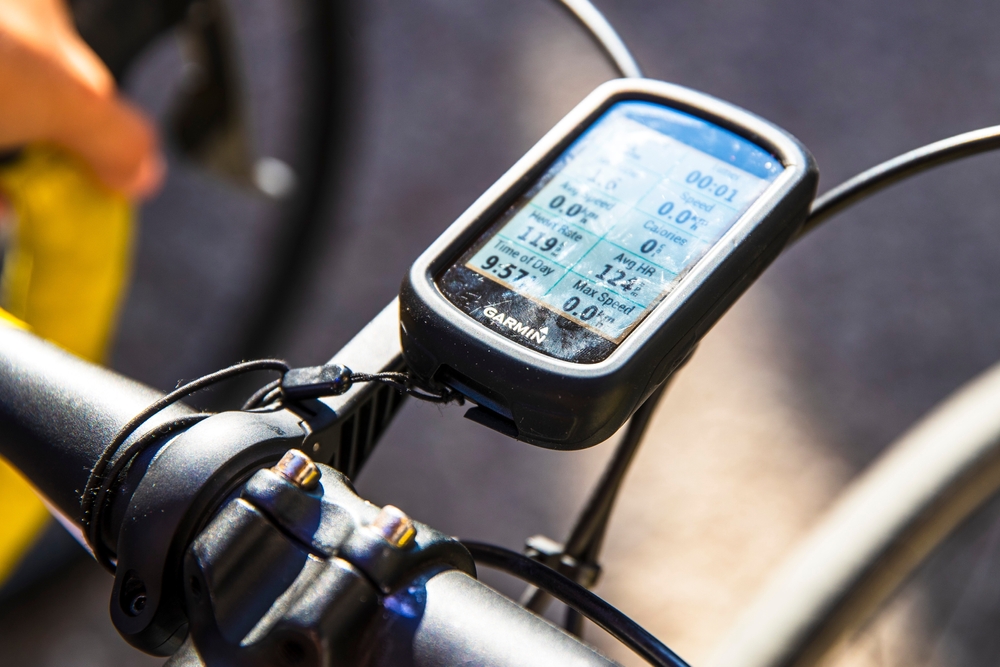Turbo Trainer: Your Guide to Indoor Cycling
Turbo trainers, also known as bike trainers, are devices that make it possible to ride your bicycle indoors. They secure the bike and provide resistance, simulating the experience of riding outdoors. This makes them an excellent tool for training, especially when weather conditions are unfavorable.
Types of Turbo Trainers
There are several types of turbo trainers available, each with unique features and benefits.
- Wheel-on Trainers: These are the most common type. The rear wheel of the bike is mounted onto the trainer, which provides resistance. They are easy to set up and generally less expensive.
- Direct Drive Trainers: With these trainers, the bike’s rear wheel is removed and the bike connects directly to the trainer. This typically results in a quieter and more stable ride, offering better power measurement accuracy.
- Smart Trainers: Smart trainers can connect to training apps and devices. They adjust resistance automatically based on virtual terrain and provide detailed performance data.
- Rollers: Rollers consist of cylindrical drums on which the bike wheels sit. They demand more balance and coordination, giving a different type of workout experience.
Benefits of Using a Turbo Trainer
Turbo trainers offer several benefits for cyclists of all levels.
- Weather Independence: They allow for consistent training regardless of weather conditions.
- Time Efficiency: Indoor cycling eliminates the need for preparation and travel time to cycling routes. It’s easy to fit into a busy schedule.
- Controlled Environment: They provide a consistent and controlled environment, which is ideal for specific training programs and intervals.
- Data and Connectivity: Smart trainers connect with cycling apps, enabling virtual rides and detailed performance tracking.
- Safety: Indoor training reduces the risks associated with road cycling, such as traffic and accidents.
Setting Up Your Turbo Trainer
Setting up a turbo trainer requires some initial steps to ensure a safe and effective workout experience.
1. **Plan Your Space:** Choose a space with enough room for your bike and trainer. Ensure good ventilation.2. **Prepare Your Bike:** For wheel-on trainers, ensure the rear tire is inflated properly. For direct drive trainers, remove the rear wheel.3. **Mount the Bike:** Secure your bike on the trainer according to the manufacturer’s instructions.4. **Add Accessories:** You may want to add a mat under the trainer to protect the floor, a fan for cooling, and possibly a riser block for the front wheel to level the bike.5. **Connect Your Devices:** If using a smart trainer, connect it to your preferred device or app.
Popular Training Apps
Training apps can enhance the experience of using a turbo trainer.
- Zwift: This app offers interactive and gamified virtual riding. It adjusts the resistance based on the virtual terrain and allows for group rides and races.
- TrainerRoad: Focused on structured training, TrainerRoad provides extensive workout plans and detailed performance analytics.
- Rouvy: It combines virtual routes with real-world video footage. This offers a more realistic riding experience.
- Peloton App: Known for its live and on-demand classes, the Peloton app offers indoor cycling workouts led by instructors.
- Sufferfest: Offers high-intensity interval workouts combined with cycling-specific strength, yoga, and mental training.
Maintaining Your Turbo Trainer
Proper maintenance ensures the longevity and reliability of your turbo trainer.
- Regular Cleaning: Wipe down the trainer and your bike after each session to remove sweat and debris. This helps prevent rust and corrosion.
- Check for Wear: Regularly inspect moving parts for wear and tear. Replace any worn components as needed.
- Firmware Updates: Smart trainers often have firmware updates. These updates can improve functionality and performance. Check for updates periodically.
- Lubrication: Some trainers may require periodic lubrication. Refer to the manufacturer’s instructions.
Workouts and Training Plans
Different workouts can be performed using a turbo trainer to achieve various fitness goals.
- Endurance Rides: Lower intensity, longer duration rides help build aerobic capacity.
- Interval Training: Short bursts of high intensity followed by recovery periods improve speed and power.
- Strength Building: Higher resistance workouts build muscular strength and endurance.
- Recovery Rides: Gentle, low-intensity rides aid in muscle recovery.
Many resources, including training apps and cycling coaches, offer structured training plans. These plans guide you through different workouts over weeks and months to meet specific goals, such as preparing for a race or improving general fitness.
Common Mistakes to Avoid
It’s important to avoid common mistakes when using a turbo trainer to get the most out of your workouts.
- Improper Setup: Ensure your bike is mounted correctly and securely to avoid damage or injury.
- Ignoring Warm-Ups: Always include a warm-up session to prepare your muscles and prevent injury.
- Overtraining: Balance your training schedule to avoid fatigue and allow for recovery.
- Poor Hydration: Indoor cycling can lead to significant sweating. Stay hydrated throughout your workout.
- Neglecting Form: Pay attention to your cycling form to prevent strain and injury. This includes maintaining a proper posture and pedaling technique.
Investing in a Turbo Trainer
Several factors should be considered when choosing a turbo trainer.
- Budget: Determine how much you are willing to spend. Prices vary significantly based on features and brand.
- Type of Trainer: Consider the type of trainer that best suits your needs, whether it’s a wheel-on, direct drive, smart trainer, or rollers.
- Noise Level: If you live in a shared space, you might prefer a quieter trainer.
- Compatibility: Ensure the trainer is compatible with your bike and any training apps or devices you plan to use.
- Portability: If you need to move the trainer frequently, consider its weight and ease of setup.
Reading reviews and consulting with fellow cyclists can also help you make an informed decision. Investing in the right turbo trainer can significantly enhance your indoor cycling experience.
“`






